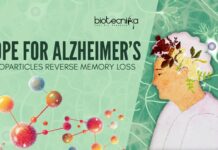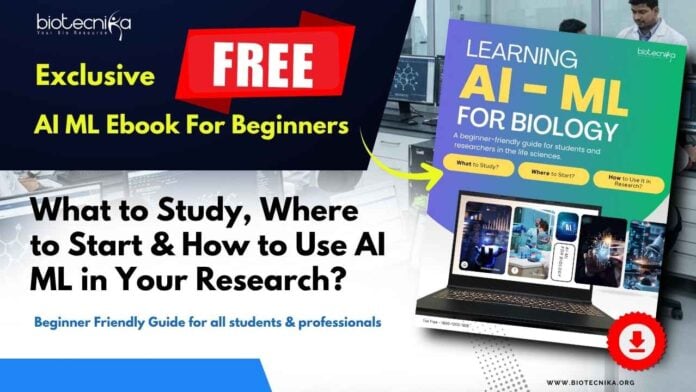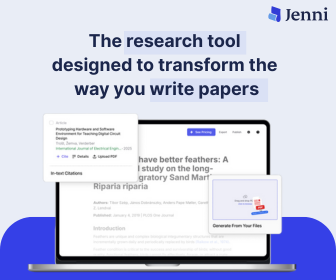Learning AI & ML for Biology: A Beginner’s Guide for Indian Life Science Professionals
Biology in India is entering a new Technological era, where Artificial Intelligence, Machine Learning, and data are transforming discoveries. From analyzing medical images to decoding Genomes, modern Biologists are utilizing intelligent tools to turn massive datasets into meaningful insights, solve real-world problems faster than ever before, and accelerate Research.
Biology Researchers are increasingly leveraging AI (Artificial Intelligence) and ML (Machine Learning), thereby reshaping Biological Research.
Our eBook, “Learning AI & ML for Biology: What to Study, Where to Start & How to Use It in Research,” provides a clear roadmap for Indian Researchers, professionals, as well as students to apply AI & ML tools effectively in Biology.
AI & ML in Biology: What You Should Know?
- AI in Biology: Enables Machines to mimic human decision-making, predict outcomes, as well as analyze large Datasets.
- ML in Biology: Teaches Computers to identify patterns in data as well as enhance predictions without explicit Programming.
- DL (Deep Learning) in Biology: It uses neural networks to solve complicated Biological problems, such as Genome interpretation and image analysis.
AI and ML are creating a real impact across Indian Research and industry:
- Genomics: Accelerates DNA (Deoxyribonucleic acid) and RNA (Ribonucleic acid) analysis, supporting initiatives such as the Genome India Project.
- Ecology & Agriculture: Aids in ecosystem modeling and crop prediction to address food security as well as biodiversity challenges.
- Drug Discovery: Accelerates the Drug Development process, predicts molecular interactions, and reduces trial-and-error.
- Medical Imaging: Enhances Cancer detection and Pathology accuracy in hospitals across India.
Why Learning AI & ML Matters in India
AI and ML skills are now crucial for Life Science professionals in India. The Biotechnology, Pharmaceutical, as well as Healthcare sectors increasingly demand expertise in Computational Biology and data-driven Research. By learning these tools, a professional can:
- Analyze large datasets quickly and accurately.
- Develop predictive models for experiments and Research outcomes.
- Improve reproducibility and reliability in your studies.
- Gain a competitive edge in academic and industry careers.
Indian Research institutions such as IITs (Indian Institutes of Technology), IISERs ( Indian Institute of Science Education and Research), and AIIMS (All India Institute of Medical Sciences), along with Biotechnology startups in Bengaluru, Hyderabad, and Pune, are integrating AI into their Research, highlighting its growing relevance.
DOWNLOAD THE FREE EBOOK “Learning AI & ML for Biology” TODAY
How the eBook Guides Your Learning
This eBook simplifies AI and ML for Biologists with clear, practical steps:
- Adopt the Right Mindset – Approach Coding and Mathematics with curiosity and confidence.
- Build Strong Fundamentals – Learn Statistics, Probability, and Linear Algebra in a Biology-focused context.
- Learn Python Programming – Gain hands-on skills in data handling and visualization.
- Create Your First Model – Build basic AI models for Biological datasets.
- Explore Essential Libraries – PyTorch, TensorFlow, Biopython, and Scikit-learn explained.
- Apply Knowledge Practically – Work with real datasets, such as cell images or gene expression profiles.
Start Your AI & ML for Biology Journey Today
India is emerging as a significant hub for AI-powered Life Sciences Research. By mastering these advanced tools, you can help advance Healthcare, Biotechnology, and Agriculture in the country.
Download your free copy of “Learning AI & ML for Biology” today and take your first step toward a data-driven, AI-enabled career in Biological Research, making discoveries faster, more innovative, and more impactful.
Your journey in AI-powered Biology starts now, turn complex datasets into meaningful insights, and shape the future of Research in India.
CLICK HERE TO DOWNLOAD THE FREE E-BOOK
OR
FILL THE FORM BELOW

































